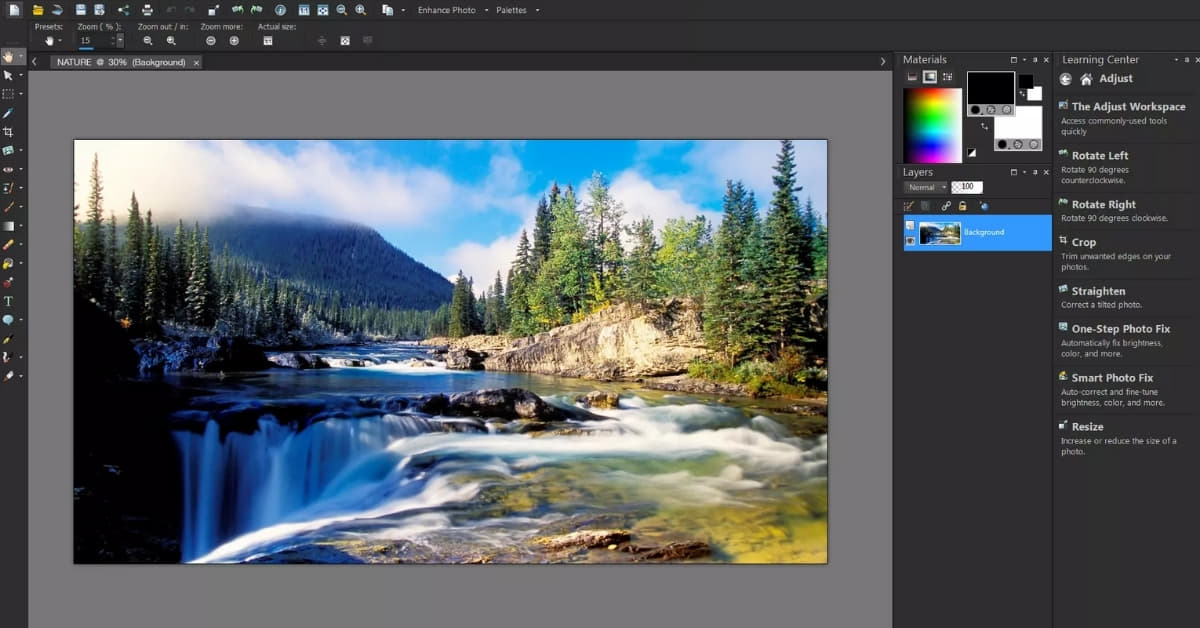In the ever-evolving digital landscape, the need for powerful and user-friendly image editor programs has become paramount. Whether you’re a professional photographer, a graphic designer, or someone who enjoys enhancing personal photos, having the right image editor program can make all the difference. In this article, we’ll explore the key features of an ideal image editor program, provide recommendations, and answer frequently asked questions to help you make an informed decision.
Key Features of an Ideal Image Editor Program
- User-Friendly Interface:
An excellent image editor program should have an intuitive interface, making it accessible for users of all skill levels. Look for features like drag-and-drop functionality, easily navigable menus, and a clean design. - Versatility in Editing Tools:
A powerful image editor program offers a wide range of editing tools, including but not limited to cropping, resizing, rotating, and color correction. Look for advanced features such as layers, filters, and customizable brushes for more intricate editing. - Compatibility and File Support:
Ensure that the image editor program supports a variety of file formats, including popular ones like JPEG, PNG, GIF, and more. Compatibility with different operating systems is also crucial for a seamless editing experience. - Performance and Speed:
Opt for an image editor program that runs smoothly and efficiently, especially when dealing with large files. Quick rendering and minimal lag time can significantly enhance the editing process. - Advanced Features for Professionals:
For professional users, features like RAW image editing, batch processing, and advanced retouching tools are essential. The ability to work with high-resolution images without compromising speed is a key consideration.
Recommended Image Editor Programs
- Adobe Photoshop:
A powerhouse in the world of image editing, Adobe Photoshop offers a comprehensive suite of tools for both beginners and professionals. Its versatility and advanced features make it a go-to choice for many. - GIMP (GNU Image Manipulation Program):
An open-source alternative to Photoshop, GIMP provides a wide array of editing tools. It’s user-friendly, customizable, and free, making it an excellent option for those on a budget. - Canva:
Ideal for users looking for a simple yet powerful online solution, Canva offers a user-friendly interface with drag-and-drop functionality. It’s particularly popular for social media graphics and basic design needs.
FAQs
What is the best image editor program for beginners?
For beginners, Canva is an excellent choice due to its user-friendly interface and simplified editing tools.
Is there a free alternative to Adobe Photoshop?
Yes, GIMP is a powerful and free open-source alternative to Adobe Photoshop.
Can I use image editor programs on both Windows and Mac operating systems?
Most image editor programs are compatible with both Windows and Mac operating systems. Ensure you check the software requirements before downloading.
Conclusion
Choosing the right image editor program is crucial for unleashing your creativity and achieving professional-looking results. Consider your skill level, editing needs, and budget when selecting the best option for you. Whether you opt for the industry-standard Adobe Photoshop, the open-source GIMP, or the user-friendly Canva, each program has its unique strengths to cater to different users. Happy editing!
This page was last edited on 27 February 2024, at 5:52 pm
